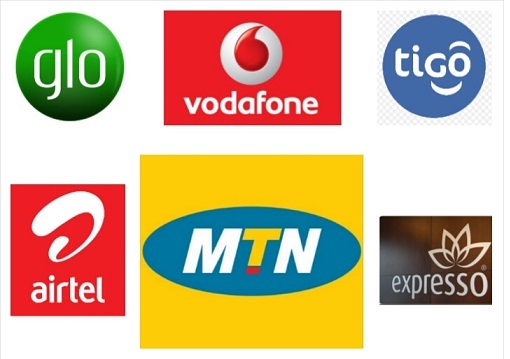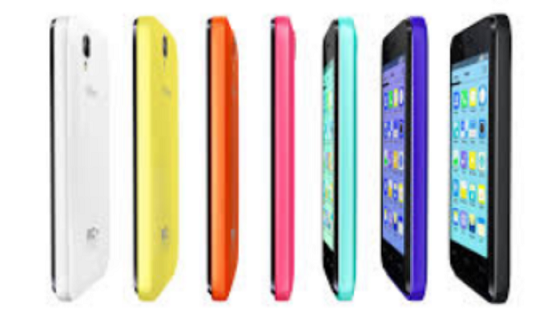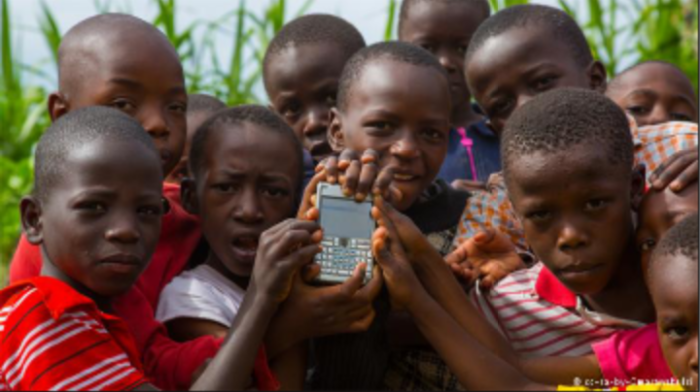A closer look at the various time-bound data bundles of the telcos in the country indicate even though they each have expiry dates, they give better value for money than unbundled data at default rates.
Several data customers of telcos claim they get confused about whether they are better off staying with the default rates, or going for data bundles on their respective networks. Some also say they do not understand why the telcos have placed expiry dates on the bundled data.
But Conrad Nyur, a Mobile Value Added Service provider said he is an active customer of all five GSM networks and he has data bundles on all five, which he uses to monitor how his VAS services are working 24/7.
He told Simcardblog “I could not have afforded to run data 24/7 without the data bundles. Even though there are expiry dates on the bundles, they still make absolute sense because by the time of the expiry date even if I have not consumed everything, I would still have paid way less for what I have consumed than I would have paid if there were no data bundles.”
Nyur said he therefore does not understand why some customers have issues with expiry dates on data bundles.
For those who complain that their data bundles run out faster than necessary, Conrad Nyur said every smartphone consumes data automatically once the phone’s operating system is activated. The applications automatically update themselves and they consume data so no one can accuse any telco of stealing their credit.
“There is something called a chronological timer which runs on the background and keeps checking for updates for all applications on your phone, once it finds an update it activates it for you and data is consumed. That cannot be blamed on the telco,” he explained.
A closer look at the various data bundles on all GSM networks would show Nyur is right.
Closer look
Default rate per a megabyte of data on MTN and Airtel is 10Gp, on Tigo and Vodafone it is twice that, 20Gp, while on Glo it is 8Gp and Expresso is doing 5Gp per megabyte of data.
This means if a data customer bought airtime and did not bundle any of it, he or she would be paying 10Gp for every megabyte used if that customer was an Airtel or MTN customers. If that person was a Vodafone or Tigo customer he/she would pay 20Gp for the same megabyte. But Glo data customer pay only 8Gp per megabyte with a bundle and Expresso customer pay only 5Gp for same.
But each of the data bundle categories on the various telcos offer way cheaper rates than the default rates each of the telcos offer. And even with the expiry data on the data bundle, the customer gets value for money even if he/she uses just half of the bundled data before the expiry data.
MTN’s default per megabyte rate is 10Gp, so for GHC20 unbundled, the customer gets only 200MB of data. But the highest a customer pays on a bundled data on MTN is 2Gp, and that is on 1GB (1,000MB) for GHC20 bundle. That is five times what one gets for unbundled data.
The other bundles on MTN even offer lower per megabyte rates. It is gets as low as 0.8Gp (less than 1Gp) per megabyte on the 100GB for GHC800 bundle. But that bundle is said to have no much patronage.
The default per megabyte rate on Vodafone is 20Gp, so for GHC20 one gets 100MB unbundled data. But Vodafone offers 1,600MB (1.6GB) bundled data for same price, GHC20. This means the customer pays only 1.25Gp per megabyte. Meanwhile other bundles on Vodafone even offer less prices per megabyte.
Meanwhile, Vodafone in particular offers a set of promotional bundled dubbed, Vodafone Red Packages. These offer both data, SMS and voice minutes for local and international calls for way less than what a customer would have normally paid.
Tigo’s default rate per megabyte is 20Gp so for GHC30, one gets 150MB of unbundled data. But Tigo is giving 5,500MB (5.5GB) of bundled data for GHC30, which means the customer pays only 0.54Gp (less than 1Gp) per megabyte. Tigo even have a 10GB (100,000MB) data for GHC50, which cost 0.5Gp per megabyte, the lowest rate on the market.
The default rate on Glo is 8Gp per megabyte. This means for GHC55, one gets 687.5MB of unbundled data. But Glo is offering 6,000MB (6GB) of bundled data for GHC55, and that comes of 0.9Gp per megabyte. Glo also has two other data bundles which cost 1.25Gp per megabyte each.
Airtel also has one of the highest default data rates of 20Gp per megabyte. This means for GHC60 one gets only 300MB of unbundled data. But for GHC60, Airtel gives 5,000MB (5GB), which is six times what one gets a default rate.
Surfline does not have a pay-as-you-go default rate. It only has bundles. And its bundles are currently priced between 0.45Gp and 1.25Gp per megabyte right now. Beginning from October 1, 2014, it would resume to its normal data rates and that would mean the highest rate would come to 2.5Gp and the lowest would be 0.89Gp.
Expensive
But even though telcos usually do lower prices on higher bundles, some of the telcos have slotted in some higher bundles which actually cost more than some of their own lower bundles.
Vodafone, for instance has a 3.5GB for GHC45 bundle, which comes to 1.29Gp per megabyte. It also has a 6GB for GHC80 bundle, which comes to 1.3Gp per megabyte. Those two cost higher that smaller bundles like 1.6GB for GHC20 and 2.5GB for GHC30.
Airtel also has a 6GB for GHC875 and 12GB for GHC150, which of which come to 1.25Gp per megabyte. This is higher than the 5GB for GHC60 bundle, because that one comes to 1.2Gp megabyte.
It is also important to note that, currently, the most expensive data bundle on the market is MTN’s 1GB for GHC20, which comes to 2Gp per megabyte and the cheapest is Tigo’s 10GB for GHC50, which comes to 0.5Gp per megabyte.
However, for those who would join Surfline from today, October 1, 2014 they would get half what the existing customers get for the same price, and when that happen, Surfline would then have one of the most expensive data bundled on the market, that is 1GB for GHC25.
But clearly, even though the various data bundles have expiry dates, the customer pay way less than he/she would have paid normally.


